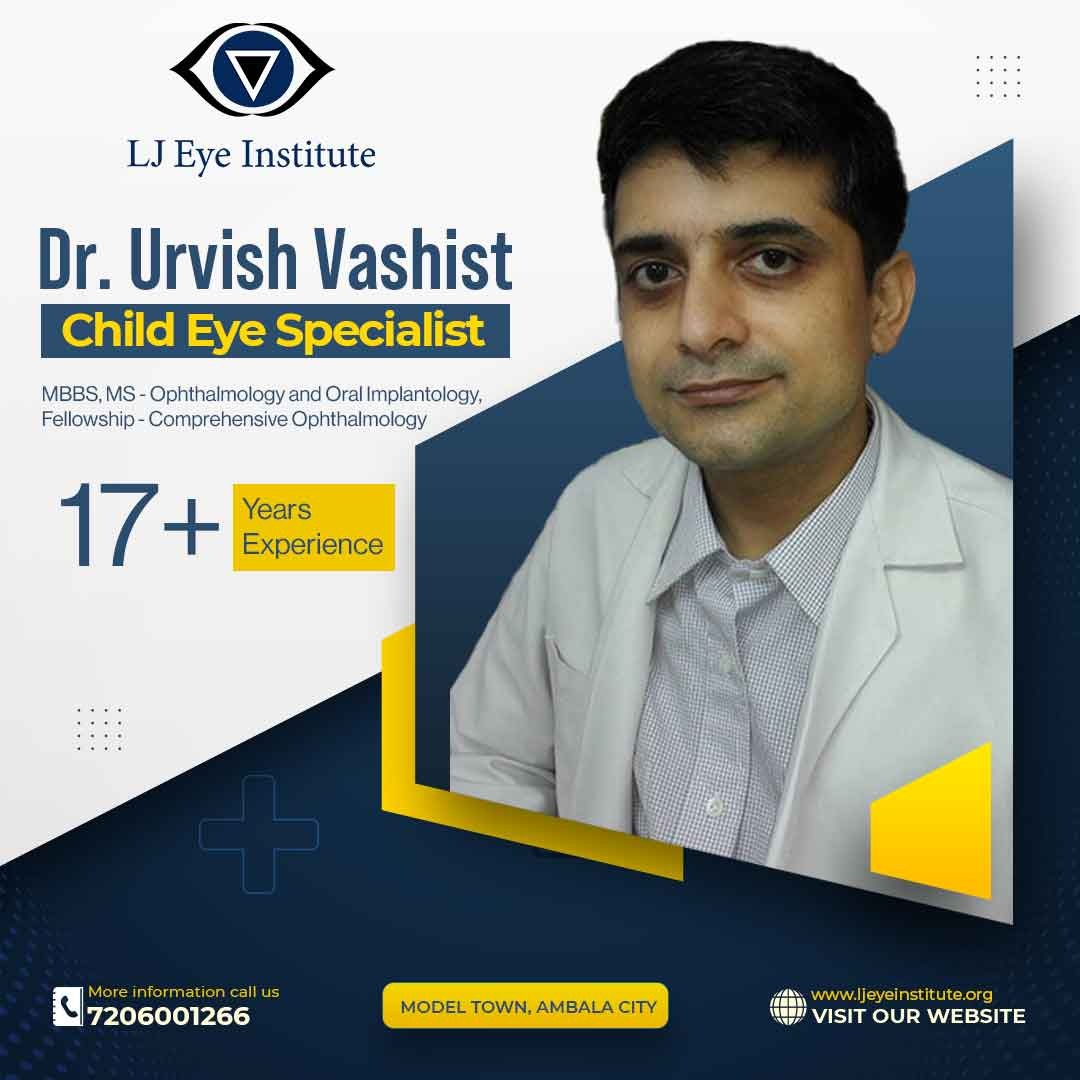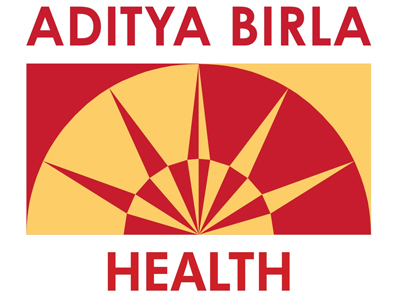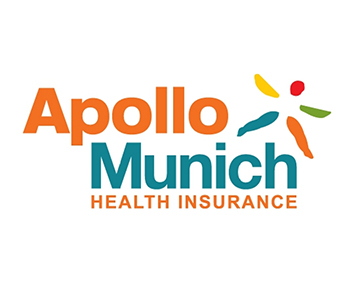Mucous Membrane Grafting
Squnit Correction
Lazy Eye
Watery Eyes
Cataract in Kids

Mucous Membrane Grafting in Ambala City
#Mucous membrance grafting in Ambala #Mucous membrance grafting in Haryana #Mucous membrance grafting in Punjab #Mucous membrance grafting in Patiala #Amblyopia Treatment in Ambala #Amblyopia treatment in Haryana #Amblyopia treatment in Patiala #Amblyopia treatment in Punjab #Kids Eye Care #Kids Eye Problems Treatment #Pediatric Eye Care Services in Ambala #Kids Eye Specialist in Ambala #Kids Eye Specialist in Patiala
What is MMG in eye surgery?
What is MMG in medical terms?
Can mucous membranes repair?
What is mucous membrane treatment?
What foods are good for mucous membrane?
How do you clean mucous membranes?
How do you fix dry mucous membranes?
- Petroleum jelly. Use your fingers to apply a very small dab of petroleum jelly to the lining inside of your nose.
- Humidifier.
- Saline nasal spray.
- Damp wipes.
- Steam or sauna.
What kind of doctor treats mucous membrane pemphigoid?
What is mucosal disease?
What disease attacks mucous membranes?
What are the 3 main functions of mucus?
What are the characteristics of a mucous membrane?
Mucous membrane grafting Symptoms
- Severe Dry Eye: Persistent dryness, irritation, and discomfort unresponsive to conventional treatments.
- Corneal Ulcers: Recurrent or non-healing ulcers on the cornea.
- Chronic Inflammation: Ongoing inflammation causing redness, pain, and swelling.
- Scarring or Opacity: Scarring or clouding of the corneal surface leading to vision impairment.
- Eyelid Defects: Structural abnormalities affecting the ocular surface.
- Persistent Epithelial Defects: Non-healing defects on the corneal epithelium.
Risk Factors:
- Infection: Risk at the graft or donor site.
- Graft Rejection: Potential for the body to reject the grafted tissue.
- Scarring: Potential scarring at the graft or donor site affecting appearance and function.
- Donor Site Morbidity: Discomfort or complications at the graft harvest site.

Causes of Mucous Membrane Grafting
The exact cause of mucous membrane pemphigoid is unknown. MMP is an autoimmune disorder. Autoimmune disorders are caused when the body’s natural defenses (antibodies or immunoglobulins) against “foreign” or invading organisms (antigens) begin to attack healthy tissue for unknown reasons. The term autoantibody is used to describe antibodies that are created to attack healthy tissue. The term autoantigen (“self” antigen) is used to describe the normal tissues and cells of the body that are targeted by the autoantibodies.
In patients who have MMP, autoantibodies are being produced that attack the basement membrane zone (BMZ) of the epithelium. The BMZ can be thought of as a sort of “glue” that holds the outer layer of skin (epidermis or oral epithelium) onto the underlying tissues. Once this glue is attacked and destroyed by the autoantibodies, the skin is no longer tacked down, allowing it to lift off and produce blisters.
Researchers believe that in some cases affected individuals may have a genetic susceptibility to developing some forms of MMP. In these cases several factors may contribute to the development of the disorder including immunological, genetic, environmental, and/or other factors.
In a very small number of patients, MMP may be caused by the use of certain prescription drugs. Skin lesions associated with some cases of MMP may appear following trauma to the affected area. Some cases of MMP affecting the eyes may become apparent after eye (ocular) surgery such as cataract removal.
In Numbers
Squint Correction
Lazy Eye Treatment
Myopia Patients
Kids Cataract Surgeries
Amblyopia (Mucous Membrane Grafting) causes blurry vision in one eye when something affects how a child’s eyes are developing. As their brain ignores the weaker eye, that eye drifts out of position. Amblyopia is the most common vision issue that affects kids. It’s rare, but amblyopia can affect both eyes at the same time.
What does amblyopia look like?
You might not be able to see anything physically different in your child’s eyes if they have amblyopia. Their affected eye may not line up with the stronger eye — it might look off-center or like it’s drifting in a direction that doesn’t match where they’re looking.
Still Have Questions?
Patients Feedbacks

My 6 year old son was facing allergy in his eyes since a long time. Then we visited LJ eye hospital and consulted Dr Urvish. He is a highly efficient consultant. staff is also good.

Got my son’s squint surgery done from Dr urvish vashisht. Satisfactory treatment. Staff was also polite and helpful.

Dr urvish vashisht is an amazing doctor. Really satisfied with the line of treatment and services.
Empanelments



















